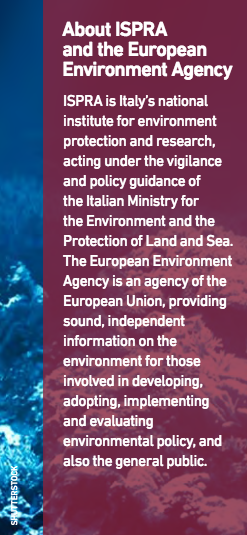 Over the past decades global, European and regional policy drivers have called on countries to establish networks of marine protected areas (MPAs) as instruments for protection of marine biodiversity. These policies also require the evaluation of the exerted protection effort against specific criteria (e.g. coverage) and targets with respect to the extension of marine biodiversity elements, such as marine habitats.
Over the past decades global, European and regional policy drivers have called on countries to establish networks of marine protected areas (MPAs) as instruments for protection of marine biodiversity. These policies also require the evaluation of the exerted protection effort against specific criteria (e.g. coverage) and targets with respect to the extension of marine biodiversity elements, such as marine habitats.
The pan-European map presenting the distribution of modelled broad scale seabed habitats (EUSeaMap v2016) made available through the EMODnet Seabed Habitats project, was crucial in the assessment recently performed by ISPRA in collaboration with the European Environment Agency to compile information on the distribution of all marine broad-scale habitats for the whole Western Mediterranean basin.
Information on the distribution of broad-scale habitats, harmonised for the whole Western Mediterranean Sea, was readily available as an EMODnet Seabed Habitats product, saving the authors time and resources. It allowed a decreasing habitat coverage trend in the MPA network as depth progresses to be identified. In particular, the analysis highlighted that in the North West Mediterranean bathyal and abyssal habitats fall below the 10% coverage target, and that the infralittoral and most circalittoral habitats reached the 10% target by 2015, while only half of the circalittoral habitats reached the 20% target by 2015.
It is extremely likely that the assessment will be repeated in the future and for different basins.
